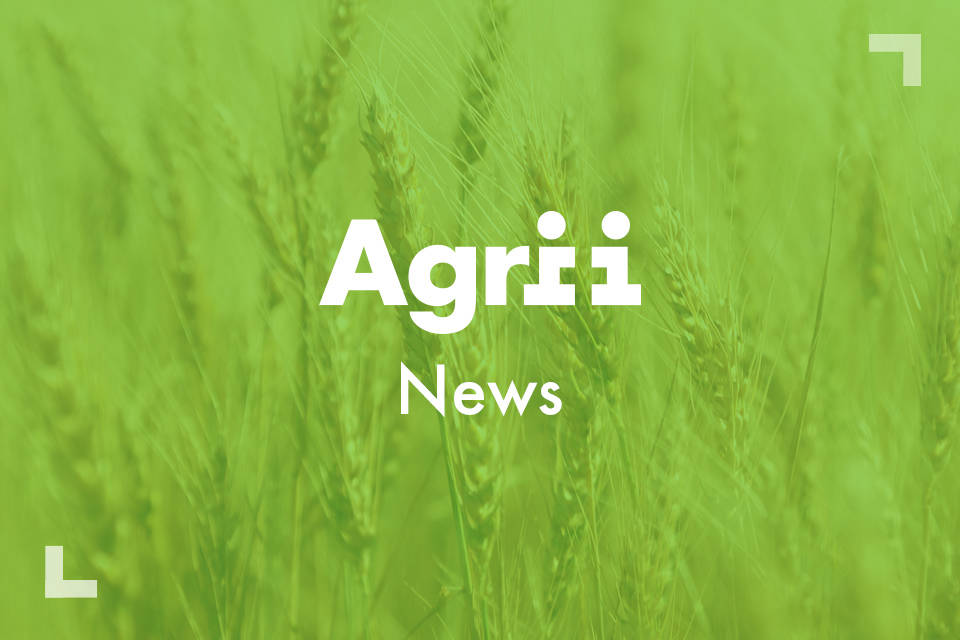SFI Options for Grassland
This content was published in good faith on 10th November 2024. While we strive to keep our information accurate and current, agricultural practices and recommendations may evolve. For the latest guidance and advice tailored to your specific needs, please contact your local Agrii representative.
Farmers have been managing grassland for hundreds of years to produce the best quality grazing and forage for their livestock. Now, by adopting environmentally-friendly grassland management activities, they can access new streams of funding under the Sustainable Farming Incentive (SFI) scheme.
The SFI actions that focus on grassland all aim to create a sustainable habitat that is balanced against the needs of livestock farming. There are almost 50 SFI actions linked to grassland that farmers can take advantage of and many of these can operate side by side, creating a valuable source of funding.
In this article we explore the key SFI actions for grassland, look at the benefits and the funding options, dig deeper into the haymaking supplement and provide guidance on how you can take advantage of the incentives around this traditional practice.

Approach Us
We’re here to help your business ambitions. See how we could work together, we’d love to hear from you.
Let's TalkWhat are the key SFI actions for grassland?
The main grassland SFI actions are linked to the management of the land itself, covering what to plant, soil health, inputs and grazing strategies.
The goal is to create a balanced system that delivers healthy and nutritious grazing options while simultaneously creating habitats for wildlife, capturing carbon and improving soil health.
The SFI actions linked to grassland provide financial rewards for farmers who invest the time needed carry out these sustainable practices, but also in terms of soil health and livestock productivity.
The primary options cover improved grassland, low-input grassland and species-rich grassland. Other options include herbal leys and planting trees on permanent grassland.
However, one of the more exciting options introduced under SFI is the new haymaking supplement which offers a significant payment to farmers for taking a more traditional approach and cutting grassland late in the season.
SFI improved grassland management
Improved grassland, typically land that has been carefully managed and ‘improved’ for livestock grazing, attracts support under the SFI scheme to help boost wildlife habitats and soil health.
Heavily grazed land can suffer from soil compaction, erosion and poor soil health and biodiversity may have suffered from the intense management. The goal under the scheme is to improve soil structure and organic matter while also allowing some areas to go unmanaged to restore wildlife habitats.
You can get more than £500 per hectare per year for adopting simple practices like rotational grazing, minimising inputs and increasing plant diversity by adding things like herbal leys.
SFI low input grassland management
The goal of the low input grassland management actions is to minimise the amount of chemical inputs and reduce intensive livestock management.
By cutting inputs on the grassland, it will help to cut spending on fertilisers, herbicides and pesticides while helping to create a high quality forage for livestock and protecting the soil.
The reduced impact on the land will also deliver a range of environmental benefits from providing habitats for wildlife and increasing wildflower species through to cutting emissions and the threat of leaching.
You will be paid £151 per hectare per year and the aim of the action is to create flowering grasses and wildflowers with some allowed to go to seed and for tussocky grass to be allowed to develop.
SFI species-rich grassland management
Species-rich grassland is synonymous with the UK countryside and this SFI action is aimed at helping to restore this rich and diverse habitats across our farmland.
Under the action, you will be expected to restore degraded grassland or create new species-rich meadows, minimise inputs and carefully manage grazing activity. The objective is to support pollinators, boost biodiversity and enhance the overall ecological value of the landscape.
The good news is that you will be paid £646 per hectare per year and this is the first endorsed SFI action meaning you will get expert help to manage existing habitats and guidance to create new valuable habitats.
GRH7 - The SFI Haymaking Supplement
Perhaps the most interesting addition to the SFI options for grassland is the new haymaking supplement which aims to bring back the traditional practice of having field-dried hay.
Under the scheme, the hay will be grown and harvested in the field and wildflowers and grasses will be allowed to flower and set seeds. It is hoped this will help protect plants that are native to traditionally managed hay meadows while promoting pollinators and maintaining the character of our landscapes.
As the name suggests, it is a supplementary action and has to be run alongside another SFI action such as the low input grassland actions (CLIG3 / LIG1 / LIG2) or GRH6, manage a priority habitat species-rich grassland.
The action is a three year agreement and you will be paid an additional £157 per hectare per year.
Benefits of the SFI haymaking supplement
The key benefit of the haymaking supplement is its impact on improving biodiversity on your land. By leaving the grass to grow and flower before harvesting, it creates a rich habitat for wildlife, insects and birds. With it being left untouched, this also encourages wildflowers and native plants to grow, supporting the pollinators.
As well as this, the approach saves you money as it will require reduced inputs and the soil benefits. By cutting the hay later in the season, you will lock carbon into the soil, helping to improve soil health.
The scheme also promotes late season cutting, avoiding reseeding and encourages you to leave uncut margins to further support wildlife, which frees up your time to focus on other farm business.
Completing the SFI haymaking action
To meet the requirements of the haymaking option, you have to leave the meadow alone. The rules state you must not cut or graze the sward for a continuous period of at least eight weeks during spring and summer before harvesting it.
Another key requirement is that you allow the flowers and grasses to set seed before cutting and this means that you will typically have to wait until the end of June or later, depending on your location, before harvesting.
When the hay crop has been harvested, you must leave it in the field to dry and turn it at least once. When it is dry, you can then remove the hay wrapped or unwrapped.
In each piece of land under the haymaking supplement, you’ll also need to leave an uncut margin around at least half of the edge of the area to provide a refuge for wildlife.
Its important to remember to keep evidence of how you’ve managed the haymaking process, whether that’s invoices linked to that parcel of land or photographs, as you could be required to provide it.
Summary
As we’ve discussed, there are a range of complimentary options for grassland under the SFI scheme. In many instances these will reward farmers for the practices they have been applying to grassland for decades.
The haymaking supplement is a great example of this. It helps to revive a traditional practice that not only restores the character of the UK landscape but also aligns directly with modern sustainability goals.
The ultimate goal is sustainable land management that improves soil health, increases biodiversity and helps to store carbon. For farmers, this brings a wealth of benefits to their land and their livestock, helping to protect the future of the farm for generations to come.
While some of the wider SFI actions could mean a significant change in mindset for some farmers, the grassland options will be a welcome addition to those who have been caring for England’s green and pleasant land for generations.
If you’d like to learn more about how you can take advantage of the grassland options under the SFI scheme, speak to your Agrii agronomist.

Agrii Environmental Services
Download the Brochure
The Agrii Sustainable Farming Incentive Knowledge Hub

SFI Arable Options

SFI Soil health

SFI Precision Agriculture

SFI Integrated Pest Management (IPM)

SFI Direct Drilling

SFI No Till

SFI SAM1 - Soil Management Plans

SFI Hedgerows

SFI Herbal Leys

SFI Companion Cropping

SFI Cover Crops

SFI Winter Bird Food

SFI Nitrogen Fixing

SFI Grassland Options

SFI improved grassland management

SFI Vineyard Cover Cropping

SFI Species Rich Grassland
Featured News
News - 17/06/25
Half of OSR area underwritten by establishment schemes
News - 27/05/25
Honouring Marek Nowakowski: A Day at Buckingham Palace
News - 01/05/25
Reducing the environmental impact of maize
News - 17/03/25
Agrii Partners with RapidAIM to Revolutionise Codling Moth Management in UK Apple Orchards
News - 07/03/25
Shining a Spotlight on Women in Agriculture




